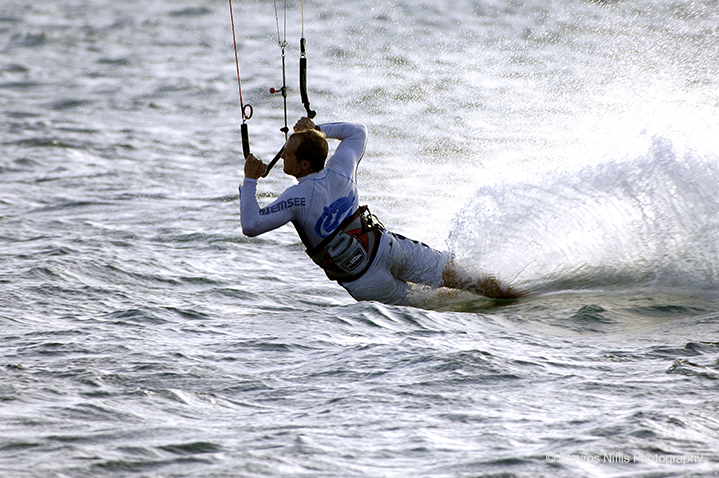

Kiteboarding on land is commonly referred to as landboarding or land kiting in order to avoid confusion. It requires a specialized skateboard, and land kiteboarders often use a different type of kite as well. Kiteboarding on land is different from kiteboarding in the water. Some people, especially in the United Kingdom, also use the term kiteboarding to refer to the same activity performed on land. Much as kiteboarding serves as a beginning step to kitesurfing, TT: R slalom is seen as an event that can be used to guide younger competitors into kite racing.

There are also freestyle events for kite surfers. Freestyle is a competition with twin-tip boards that focuses on a rider’s ability to perform tricks.

The easiest way to distinguish between kiteboarding and kitesurfing is the board. Instead of riding waves, a kiteboarder is pulled along the top of flat water. Kiteboarding is closer to wakeboarding than surfing. Kiteboarding is a sport that at its most basic consists of being dragged around on a board by a kite. Keep reading for an in-depth take on the difference between kitesurfing and kiteboarding and why those differences matter. The difference between kiteboarding and kitesurfing may seem minimal, but it has a large impact on how the overall sport is classified and what activities can be performed within each area. Kiteboarding uses a twin tip board to ride on open water while kitesurfing uses a directional board to ride waves. Technically kiteboarding and kitesurfing are the same sport, but the terms refer to different activities within that sport. What equipment you need and what precisely you can do depends on whether you are kitesurfing or kiteboarding. The terms kiteboarding and kitesurfing are used interchangeably by many, and although they have many similarities, kitesurfing and kiteboarding actually refer to two distinct activities.


 0 kommentar(er)
0 kommentar(er)
